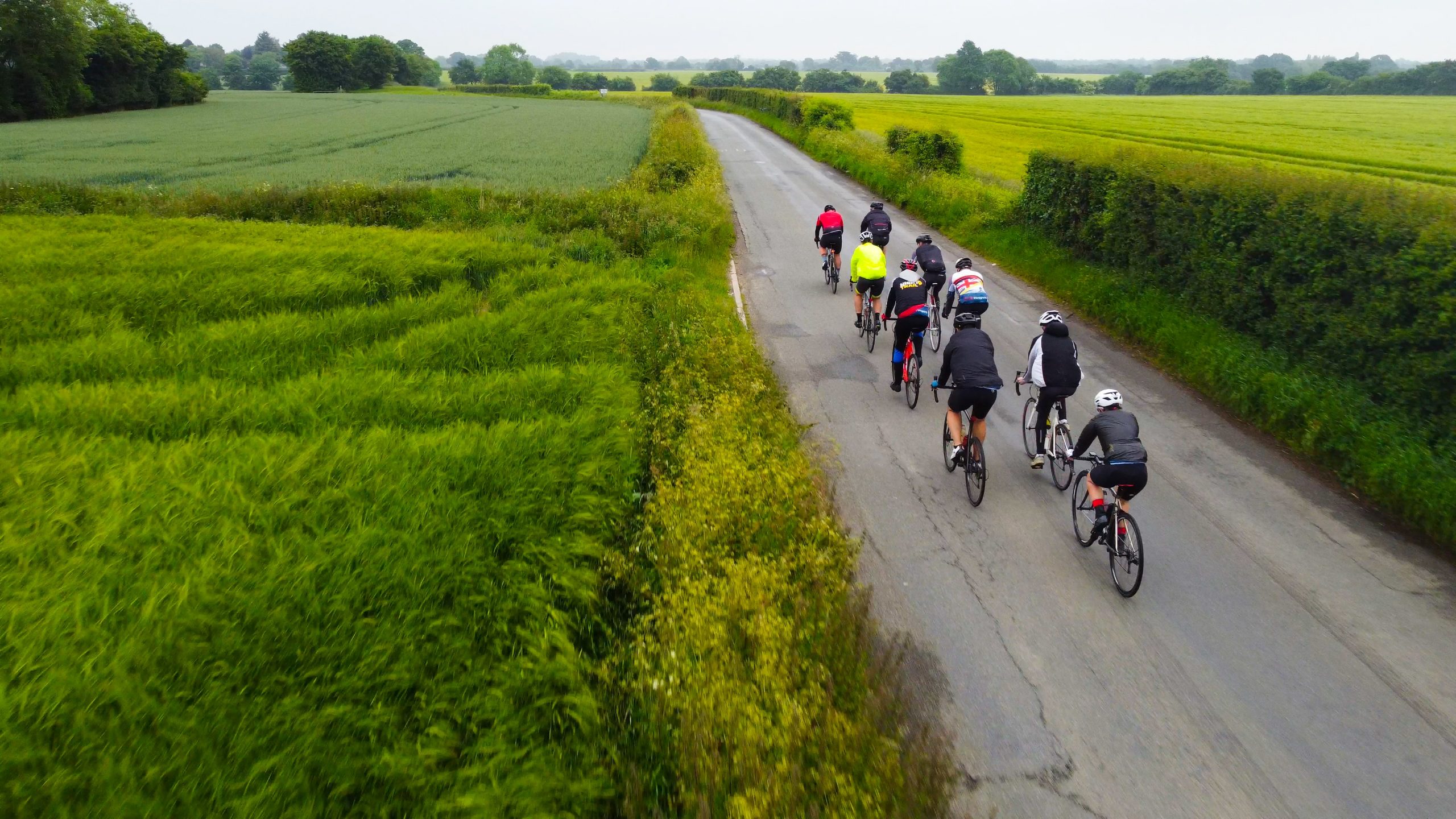You may have come across the term “ESG” – environmental and social responsibility and good governance. These three pillars are increasingly important in the business world, not only for large companies, but also for small and medium-sized enterprises. Resilience is the ability to cope with change and to turn challenges and external crises into opportunities that strengthen sustainable competitiveness. Today we will explore a concept that is gaining ground: ESG resilience.
ESG resilience has taken centre stage as companies strive to meet global challenges and achieve the Sustainable Development Goals. ESG resilience refers to a company’s ability to withstand and adapt to risks and opportunities arising from ESG factors. This means adopting environmentally friendly practices or taking advantage of business opportunities, assuming social responsibility and adopting good governance. ESG resilience helps companies to anticipate change, respond quickly to crisis situations and achieve long-term success.
Imagine this: you are building a cottage on the shores of a beautiful Finnish lake. You wouldn’t just focus on the design, would you? You’d make sure it’s sturdy, can withstand harsh Finnish winters and is built on a solid foundation. The same approach also applies to the ESG resilience of companies. It is about creating a company that is not only profitable, but also sustainable and adaptable in terms of environmental responsibility, social responsibility and good governance. Let’s break this down with a few examples closer to home.
Environmental resilience
Imagine you run a small local brewery that sources its barley from a farm in the Ostrobothnia region. What happens if an unusually cold winter or a pest attack destroys your crop? Your supply chain has been disrupted, and you may have difficulty producing beer. This is about the realisation of environmental risks.
Now imagine that the same brewery sources its barley from several farms around Finland. The loss of a crop in one area would not affect business in the same way. What if you collaborate with farms that use sustainable farming practices to mitigate the impacts of climate change? This is more environmentally sustainable. This is about anticipating environmental risks and mitigating them.
Social resilience
Let’s move on to social resilience – how your company interacts with its employees, customers and communities.
Let’s say you run a tech startup in Helsinki. Your team is your most valuable asset. If you don’t invest in their well-being and professional development, you could face high turnover rates, low morale and a drop in productivity. On the other hand, if you create a supportive working environment, offer flexible working hours and opportunities for growth, you build social sustainability. Your team is more likely to be with you in difficult times, and their motivation and productivity will drive the success of your business.
Governance resilience
Finally, good governance is about how your business is managed. It includes transparency, ethical business practices and effective risk management.
Imagine a small family-owned furniture company in Lahti. If a company is managed transparently, with clear roles and responsibilities, and a focus on ethical wood sourcing, it builds trust with customers and suppliers. This confidence can help a business navigate through challenging times, such as a sudden economic downturn or a change in consumer preferences. Good governance thus increases a company’s resilience, i.e. its capacity to change.
In summary, ESG resilience is not just a buzzword. It is essential for the long-term success of your business. By taking into account environmental, social and governance factors, you don’t just tick the box for investors or customers. You are building a sustainable company that can withstand storms and thrive in a constantly changing business environment. So why not take a moment to consider how you can improve the ESG resilience of your business? Your future self might thank you for it!


